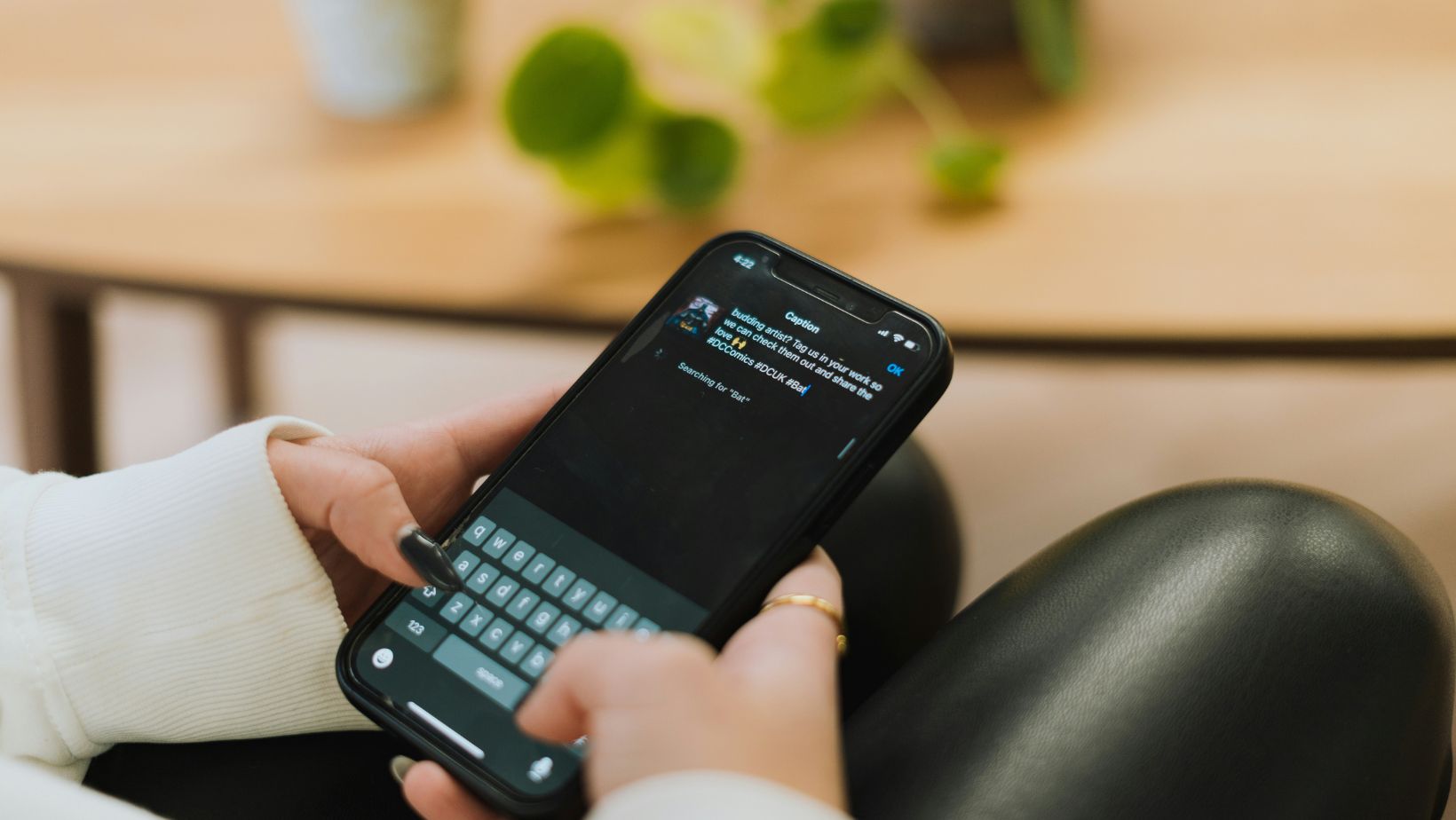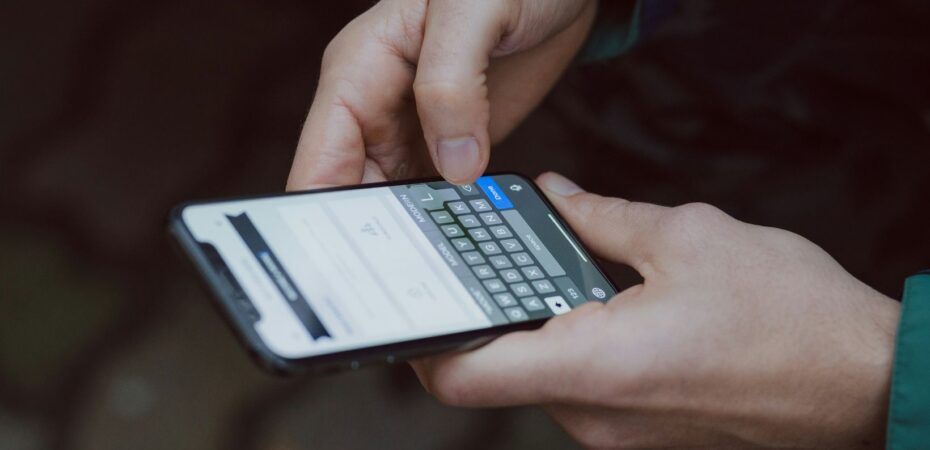So… a voice note pops up in a chat. And you look at it, and it’s long. Really long. Maybe it’s a friend telling you every little detail of their weekend. Maybe a colleague summarizing a meeting… or a relative who insists you need to hear the story exactly as it happened. You hit play, and halfway through, you realize: wait, how much did I even catch? You rewind. Pause. Rewind again. Maybe you miss something. Ugh. Frustrating, right? Well… that’s when converting a voice memo to text comes in. Suddenly, all that spoken jumble turns into something readable. You can skim. Search. Actually find the part you care about. Kind of a relief, really.
Turning spoken words into text is surprisingly practical. Those little things that slip by while listening suddenly jump out. You can scan, highlight, copy, or share. It’s efficient, and honestly, kind of fun in a quiet way — like noticing your notes finally make sense.
Why Transcription Matters
There’s more to transcription than just saving time:
- Saves time. Reading usually beats listening, especially if you just need a snippet.
- Searchable. Names, numbers, or phrases appear instantly.
- Accessible. Not everywhere is suitable for audio playback — buses, offices, quiet rooms. Text is portable.
- Permanent. You can store, share, or reference it later.
Curious how this works? Wikipedia dives into how machines “listen” and convert speech into text. It’s like giving words a life beyond the moment they’re spoken.
Methods to Transcribe
1. Smartphones
Phones handle short recordings surprisingly well. iPhones can use Siri dictation with Voice Memos, while Android often has Google Recorder or Live Transcribe. Great for quick notes or single-speaker messages. But background noise, overlapping voices, or accents? That’s when it starts to stumble. You might get a few words wrong, or names misheard, which means you’ll still need a quick check.
2. Online Tools
Longer recordings, or when accuracy matters, often benefit from online services. You upload the file, wait a few minutes, and… hmm… you get a transcript. Honestly, it’s one of those things where you think, “I could just keep listening,” but then… you can, maybe, just convert a voice memo to text and be done. It’s easier. Less frustrating. Words appear on the screen, and suddenly you don’t have to replay the same five minutes again and again. Watching the words appear feels almost like magic — small satisfaction, really.
3. Hybrid Approach
AI is fast but not perfect. Names, technical terms, or overlapping voices can cause errors. Many users go hybrid: AI drafts the transcript, then a human skim corrects it. Faster than typing everything yourself and usually accurate. Not flawless, but reliable enough.
Step-by-Step: WhatsApp Audio
- Export the audio. Press and hold the message, tap Share, and save or email it.
- Convert if needed. WhatsApp often uses .opus files — convert to .mp3 or .wav for compatibility.
- Upload. Choose a smartphone tool, online service, or hybrid method.
- Check. AI may mishear numbers, uncommon words, or names. A quick skim ensures clarity.
- Save. Export as .txt, .docx, or your preferred format.
Once this workflow is familiar, it’s usually faster than listening to the full recording. Trying to find one detail in a long clip? Tedious. Transcription makes it manageable — and quietly satisfying.
Tips for Better Results
- Quiet environment. Background noise can confuse tools.
- Speak clearly. Mumbling decreases accuracy.
- Label speakers. “John speaking” or “Anna here” helps.
- Proofread. AI might misinterpret uncommon terms.
- Clarity matters. Cleaner recordings yield better results.
Even small adjustments save time and reduce frustration.
Privacy Considerations
Uploading recordings online carries privacy risks. Trusted services encrypt files and delete them afterward. Always check privacy policies, especially for sensitive material.

Transcription isn’t just for individuals. Businesses highly rely on it too, — transcripts save time in journalism, healthcare, and other fields where record-keeping is essential. So yes, it matters.
Beyond Efficiency
Transcription is more than a time-saver: it helps to actually understand and remember information. Just think about it. Reading a transcript of a lecture, meeting, or conversation brings details into focus that might have slipped by while listening.
Even casually, it’s useful. How many times have you listened to something and then… forgot a key detail? With text, it’s there. It’s practical, it’s clear… and, well, it brings a little quiet order to the chaos. Small wins, yes, but they really count.
Wrapping Up
Honestly? Transcription isn’t just about efficiency — it’s about control. A jumble of audio becomes something you can actually work with, reference, and preserve. Whether managing work updates, family chats, or lecture recordings, turning voice into text is one of those tiny habits with a surprisingly big payoff. Communication becomes easier, details are preserved, and a quiet sense of order emerges amidst the noise. Small, practical victories… but they matter more than you think.


 By
By 




